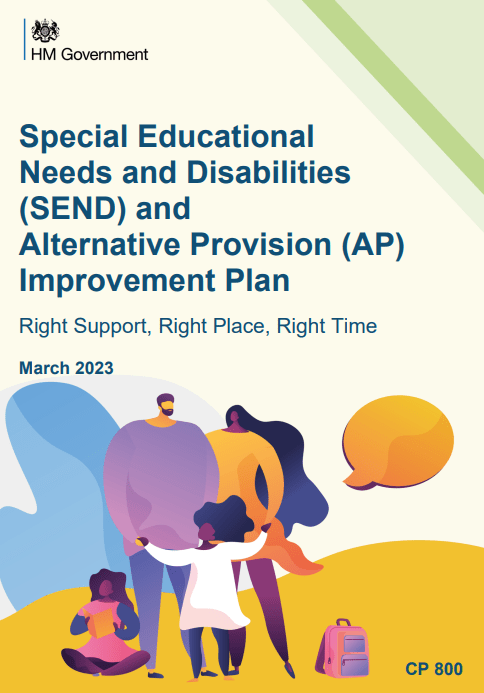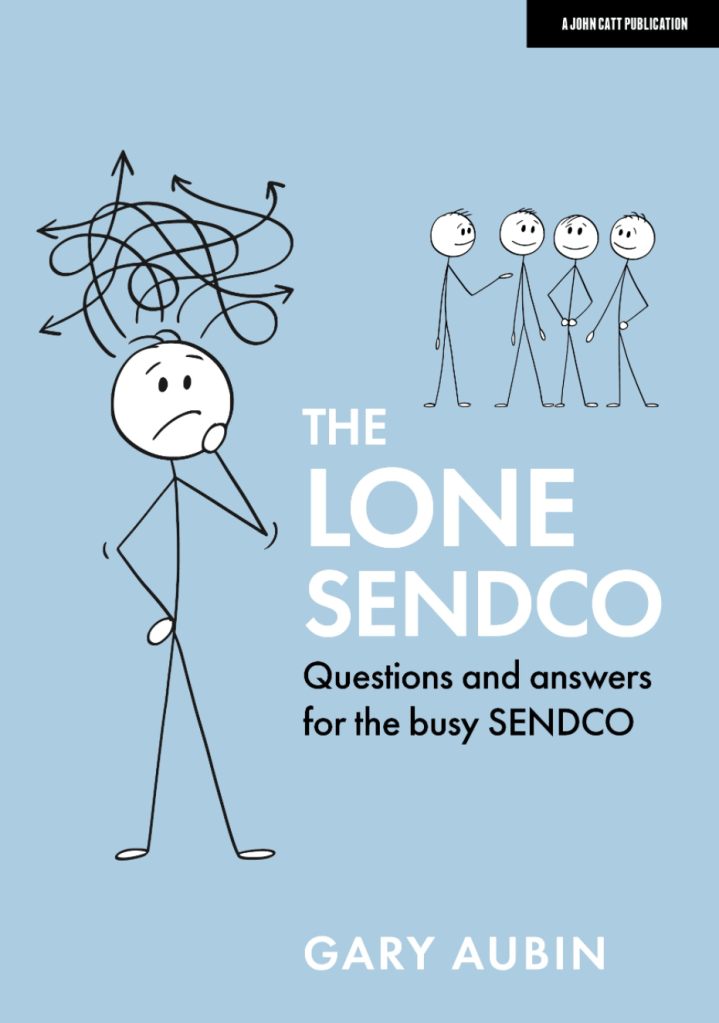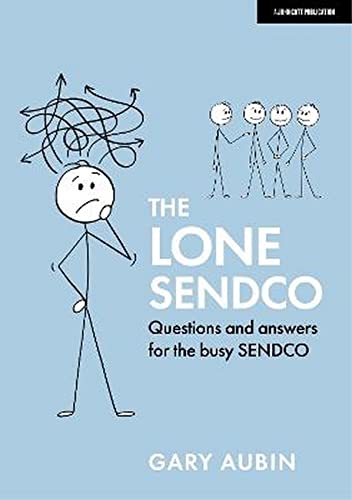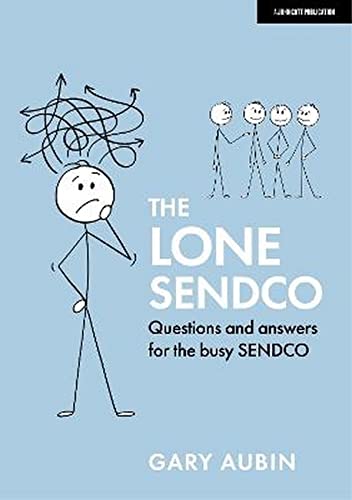I’ve met many frustrated SENDCOs. They spend a lot of time perfecting their ‘pupil profiles’, only for no one to ever read them, let alone enact the strategies written on them.
I’ve met many frustrated families. They co-produce an accurate and helpful pupil profile, but when they ask their child what support they received that day, the strategies on the pupil profile don’t seem to have been implemented.
I’ve met many frustrated teachers. They have an increasing number of pupils in their classes with SEND, and each of them have a pupil profile with at least 6 strategies on. And they teach 10 classes across the week.
And in the middle of it might be a frustrated child, whose needs aren’t consistently being met in class.
Communication of pupil-level strategies is a fundamental part of the SENDCO role and is an essential part of a whole-school approach. So what is the way forward, in terms of individualised strategies, so that all children can thrive?

Non-negotiables or useful ideas?
Some strategies are rightly non-negotiable. Consider these strategies, written about 3 different pupils:
- Always sit this pupil on the left-hand side of the classroom (the pupil is deaf in one ear)
- Ensure she is allowed to use her ear defenders (this autistic pupil has made great progress in her ability to self-regulate in the classroom)
- Do not force them to contribute verbally (this student has a diagnosis of situational mutism)
Some strategies are the physical enactment of a disabled pupil’s protected characteristic – the reasonable adjustment that it would be immoral, not to mention unlawful, not to make.
Others strategies are useful ideas. Consider these strategies, written about 3 different pupils:
- Print out the slides so the child has them on their desk (the pupil prefers to work independently through tasks and finds the literacy demands easier with printed slides)
- Check in with this pupil before they begin their written work (the pupil lacks confidence as a writer and often struggles to get started with written tasks)
- Sit the child next to a preferred peer (the pupil finds it hard to build and sustain friendships)
Now, don’t get me wrong – the child must be at the centre here. There are pupils for whom the second list should also be considered essential. However, in many cases, the second list should allow for teacher discretion within the implementation. In many cases, these should be ideas for consideration, rather than non-negotiables.
A teacher’s discretion
Print out the slides so the child has them on their desk
Imagine a year 10 science lesson, in which pupils are being taught to draw ray diagrams for lenses. Experience has taught this teacher that she should lead the learning carefully in such a lesson, breaking down the task into steps and modelling each step before students practice it themselves. She chooses not to provide printed slides, because she wants all eyes on her as she live models each step; she doesn’t want any pupil getting ahead with the content.
Check in with this pupil before they begin their written work
Imagine a year 6 teacher, who has 2 children with this strategy on their pupil profile. By the summer term, Child A has some great strategies for first-person creative writing, and within this type of lesson doesn’t require a check-in before they get started. Child B has told the class TA that they don’t like being singled out for extra help – in this case, a 1-1 check-in. In both these cases, the teacher has used their professional discretion not to implement everything on the pupil profile, and in this case to let pupils begin their written work independently.
The unintended consequence of a strategy-led approach
There are all kinds of reasons why a teacher can’t, and perhaps shouldn’t, be attempting to implement 6+ strategies for 5+ pupils in each lesson they teach.
- Focusing on a fixed list of strategies can stop a teacher from being adaptive – it can stop them from noticing what a child needs, in the moment, that may not be written on a pupil profile.
- Trying to plan for and implement 30+ strategies can impact significantly on workload, so that meeting pupils’ needs feels like an insurmountable extra to the already difficult job of teaching a class of 30.
- And finally, overly-bespoke strategies can lead to stigma for those pupils who always seem to be receiving something different to their peers, building a sense in pupils that the standard classroom offer isn’t for them.
When teachers get it right
The best teachers I see do a few things well, in relation to the strategies they’ve been asked to implement for pupils with SEND.
They quickly get a sense of which strategies are non-negotiable, and they are consistent in how they implement them. They see other strategies as a menu of options, to come back to when pupils are starting a new unit of work, or to reflect on again if they have concerns about a child’s progress.
They build inclusion into everything they do, focusing on their lessons being ‘inclusive by design’. As a result, they don’t make children with SEND feel different. They don’t make pupils feel that their education requires something which is always additional to, or different from, the offer in place for their peers (problematic, I accept, in definitions we have of SEND in England).
They reflect on the progress of pupils with SEND in all that they do, and look beyond merely pupil profiles as part of this reflection – it becomes a key feature of line management meetings, professional development opportunities and ongoing discussions with families.
They have a mindset of inclusion.
When SENDCOs get it right
As a SENDCO or other senior leader, this might mean a few things:
- Focusing on universal-level inclusive practices in every classroom, minimising the need for ‘additional to or different from’ in many cases;
- Getting feedback from teachers about the strategies written on pupil profiles;
- Aligning pupil profile strategies around a number of core teaching practices, wherever possible;
- Building the strategies from pupil profiles into whole-school professional development.
This isn’t a magic bullet, clearly. The increasing numbers of pupils with SEND in mainstream schools can make whole-school leadership of SEND particularly challenging.
That said, the most successful schools I know don’t overwhelm their staff with strategies. They show teachers that meeting the needs of pupils with SEND is not only a core function of teachers, but actually – while not being easy – is within the core skillset of teachers in many cases. It’s only by enabling this level of teacher empowerment that schools can ensure a whole-school commitment to inclusive practice.
Gary Aubin is author of The Lone SENDCO, a handbook for busy SENDCOs and those aspiring to become a SENDCO.























